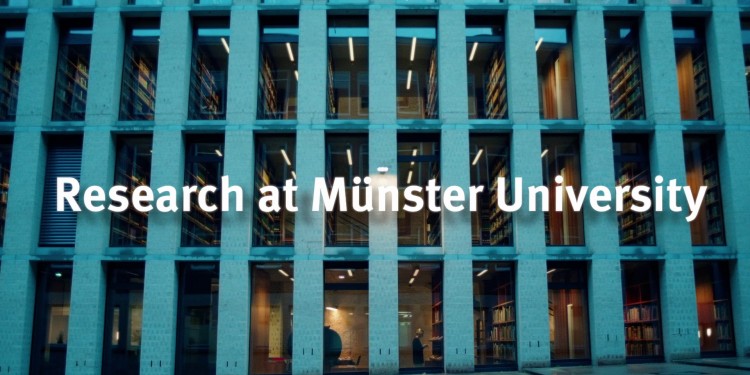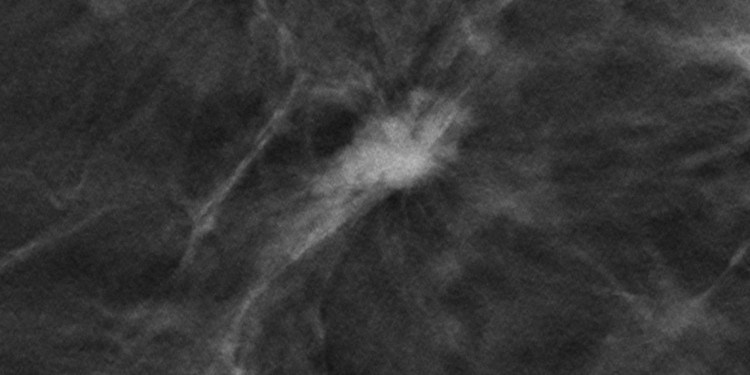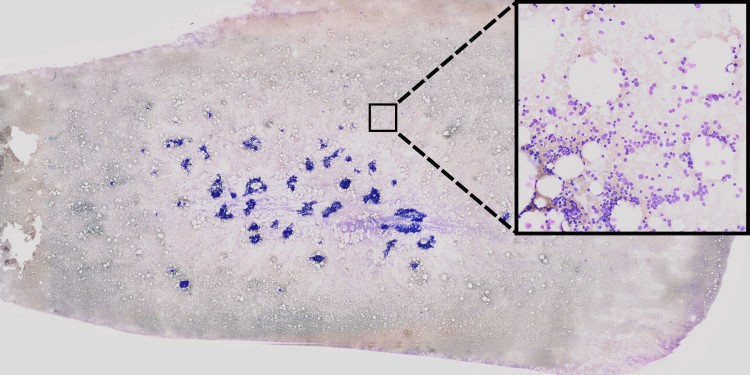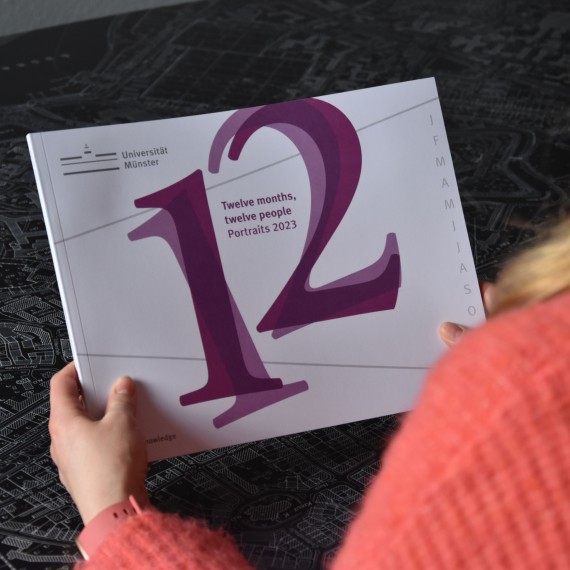


Evolution
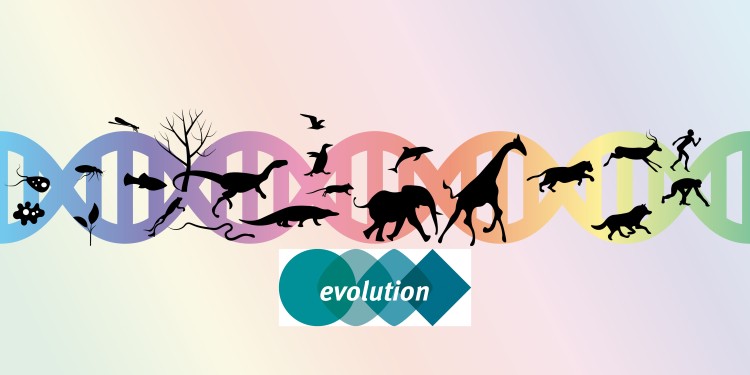
Research into evolution: four questions, four viewpoints
Events

A momentous discovery

Cosmic building blocks of life discovered through the electron microscope

Innovative coating technique improves lithium-ion batteries

Chemist Ryan Gilmour receives "ERC Proof of Concept Grant"
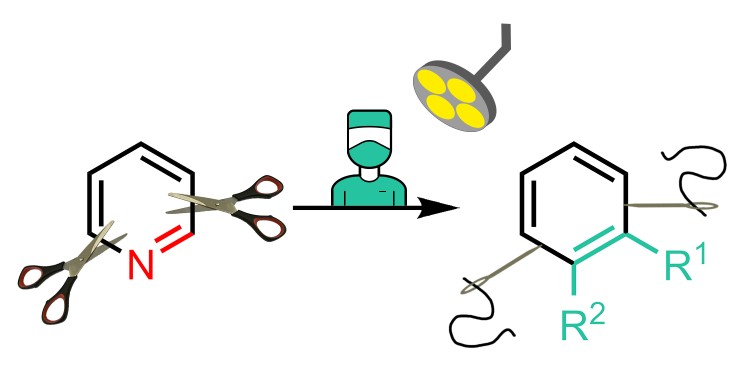
Chemical synthesis: new strategy for skeletal editing on pyridines

Moon rocks with unique dust found
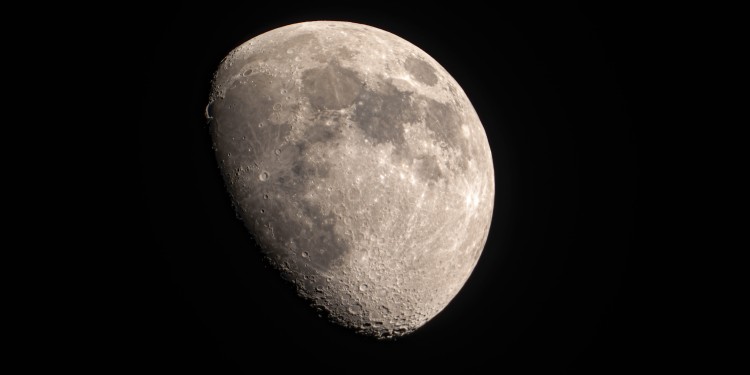
Scientists unravel the origin of Titanium-rich lunar basalts

Psychotherapy effective in treating post-traumatic stress disorder following multiple traumatic events
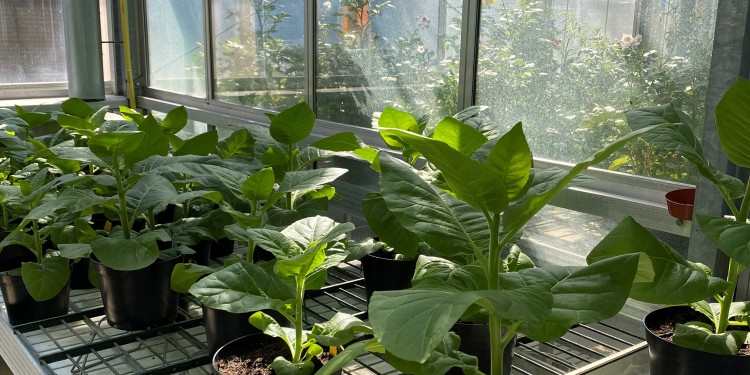
Metabolic alteration to increase the stress tolerance of tobacco plants

Chemists develop new approach to inserting single carbon atoms
Your search did not match any of our news releases.
Suggestions:
- Make sure that all words are spelled correctly.
- Try different keywords.
- Try more general filters.
- Expand the period of time.

